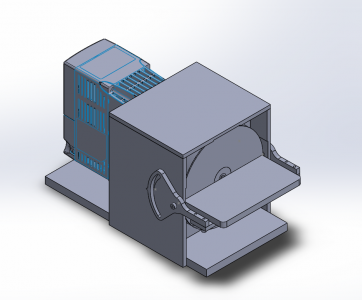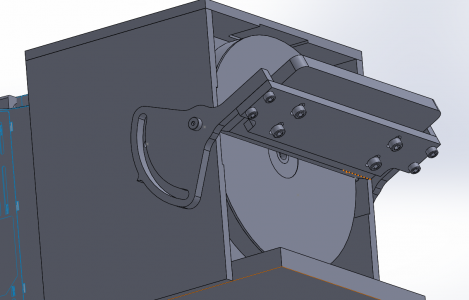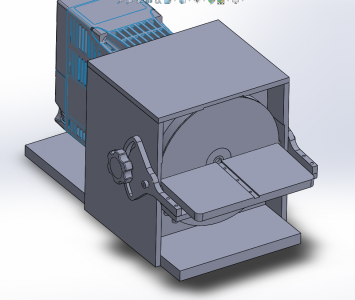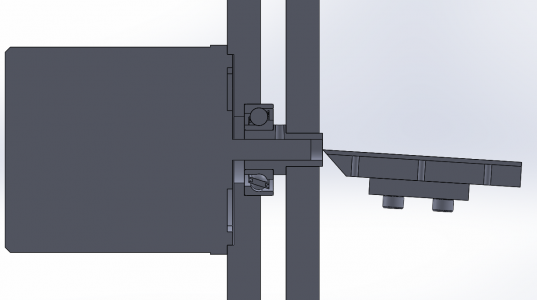- Joined
- Jul 28, 2017
- Messages
- 2,383
I stole the idea from the low-speed diamond saws we had at work, used for sectioning very hard materials. We did a lot of cross sections and polishing. With that setup, the (expensive) diamond saw blades lasted almost forever. We did have to remember to remove the blades once we were done, though -- the disks are made of steel and would quickly rust.Nice Idea! I left room to slide a pan under the disc to catch drippings, but not submerge the disc. I imagined a refillable tub on top with a needle valve to drip onto the disc. I like your idea though.
Talking about diamond saws, I also got a lapidary-grade saw blade I can install on my grinder setup. It makes it easy to nick a hunk of carbide or HSS to break it to a specific length. Something else to think about...and they're not very expensive, either. If you're sawing something by hand, don't twist the work piece -- the blade could catch and snatch the piece right out of your hand.


 .
.


